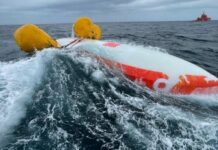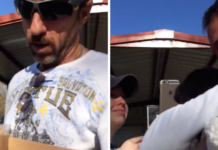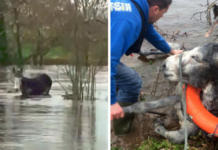Exterminating invasive species from vulnerable islands has been one of the most significant conservation success stories of the twenty-first century.
Lord Howe Island in Australia has now completed the eradication of all invasive rat and mouse populations, and the recovery of the endemic-Australian ecosystem has been rapid.
The island, a UNESCO World Heritage Site in the East Tasman Sea, may have housed these mice as early as the mid-1800s, with the rats arriving later in 1918. The native animals suffered, as is so often the case with biodiversity in Australia. The infestation resulted in numerous species going extinct.
Their absence has revealed a diverse landscape with fruiting trees, returning numbers of land invertebrates, and one of Australia’s rarest birds, the flightless woodhen, whose population has more than doubled to 565 in the last three years.
“What is unfolding is an ecological renaissance, since the rodents have gone, the catchphrase is: ‘I’ve never seen that before’,” Hank Bower from the Lord Howe Island board stated.
“There’s a vine which we didn’t know what the fruit looked like, people are taking photos of insects and sending them to the Australian Museum who are saying we’ve only got three of those on record ever but we are seeing hundreds of them. Everything is blooming, all the plants are flowering and we are seeing a carpet of seedlings.”
Among the returning island, residents are four species of land snails, one of which hasn’t been seen alive in 20 years, a black-winged petrel, and crickets.
“We’ve been hearing crickets. We’d only hear crickets very rarely, now every night there’s a chime of crickets,” Bower said.
Poison was placed inside 22,000 lockable traps around the island to conduct the business, while pellets were distributed via helicopter in inaccessible areas. To be sure, rat-catching dogs scour the island every few weeks, but none have been spotted since last August.
The Australian Ministry of Environment described it as “an incredibly optimistic sign for the future of conservation.”
Since the year 2000, there have been over 800 successful eradications of invasive mammals on 181 different islands worldwide, including the famous eradications of feral goats from the Galapagos Islands.













